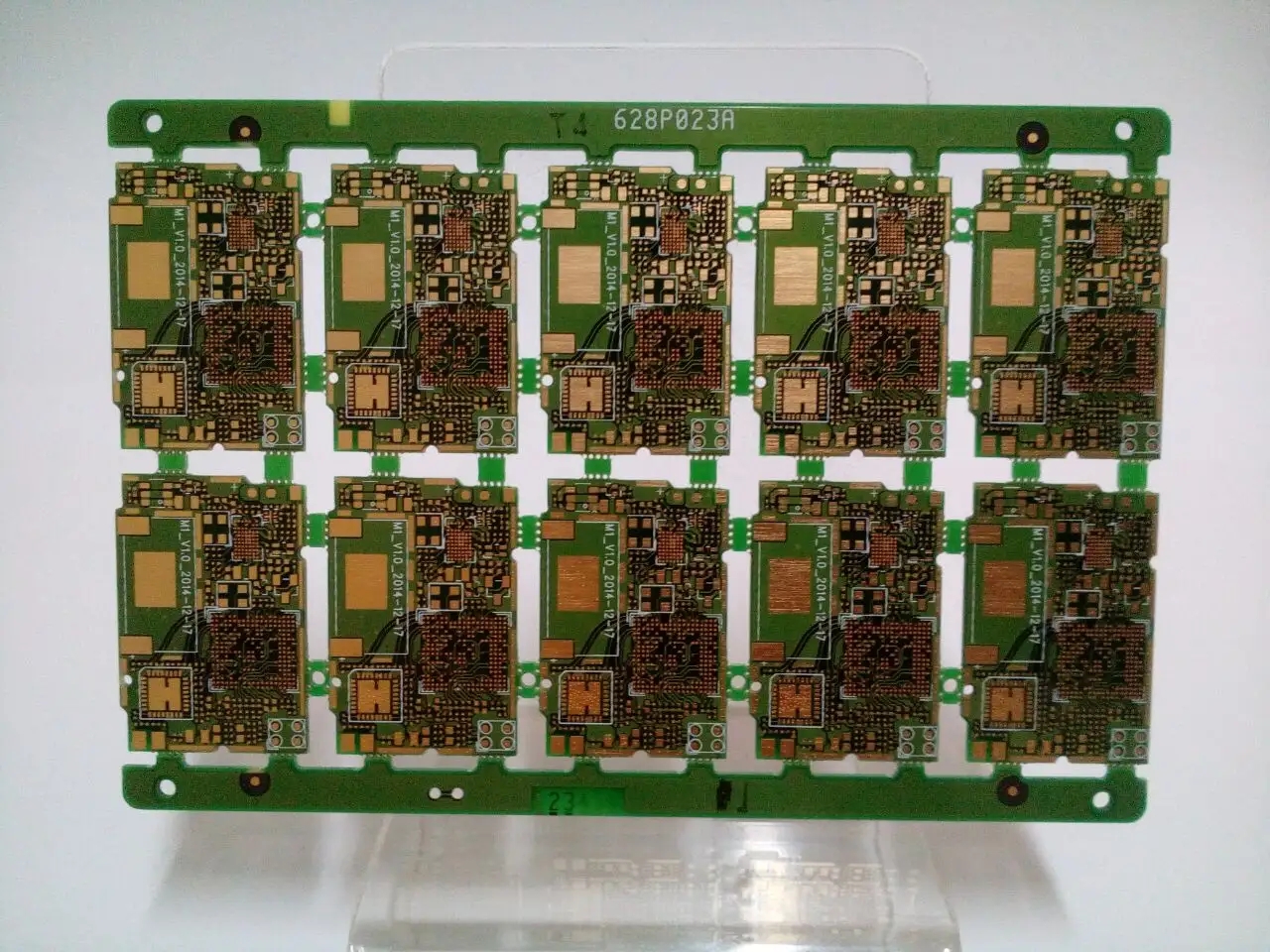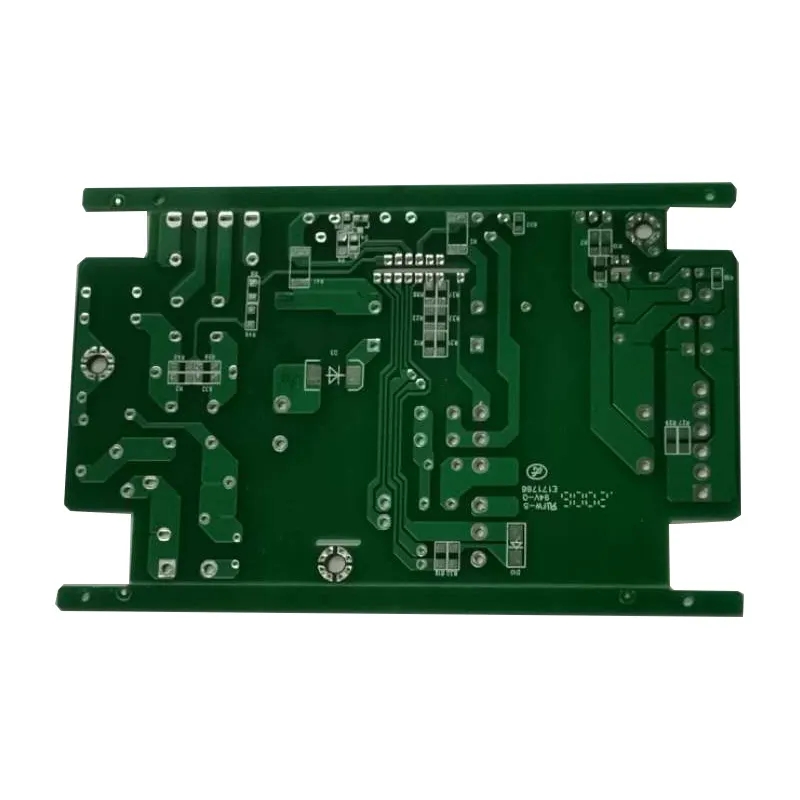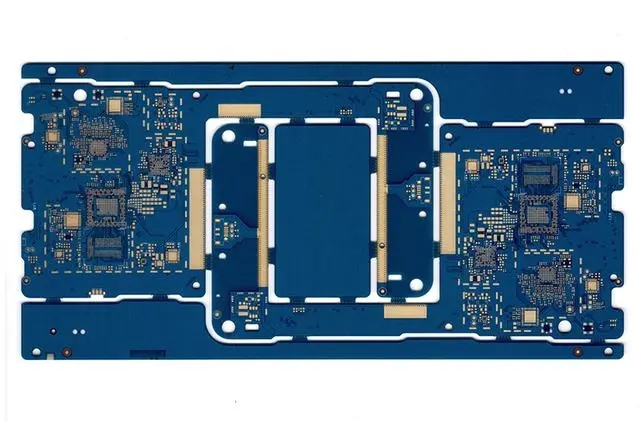
Introduction to Reliability in Electronics Industry - SMT Perspective
Circuit board manufacturing, circuit board design, PCBA manufacturers explain the introduction to reliability in the electronic industry - SMT perspective
Both manufacturers and customers regard the reliability of products as their top priority. So if I say "reliability" is a relative term, someone will ask "Why is it relative?" Well, when we consider reliability, whether it is related to actual products or virtual services, users or customers will have a set of performance expectations. Take smart phones or cars for example; The manufacturer sets the time and other details for the product warranty. If the product fails to operate normally during the warranty period, the manufacturer or authorized dealer will repair the product problem free of charge, even if the user (customer) does not want to return or repair it because it may be troublesome. Similarly, if the product has problems outside the scope of the warranty, for example, a new car has an unfortunate crash, the warranty will not be fulfilled.
Another noteworthy fact is that a truly "perfect" product is hard to get. Since the first launch of smart phones 25 years ago, the continuous upgrading of products can illustrate this point. Each new smartphone will provide useful and attractive new functions, and take perfection and reliability to a new level.
What is reliability
In the Oxford Dictionary, "reliability" is defined as trustworthy or consistently good quality; Reliable means that the system performs its functions as expected or designed.
The reliability of a product refers to the operational reliability, which can be defined as the product that performs its expected functions under a set of expected service conditions within a specified time. The design and manufacturing of products should not be aimed at achieving the highest reliability, but at achieving the operational reliability that can meet the actual needs and expectations, such as target time to market, acceptable manufacturing cost, overall manufacturability and total cost of ownership.
Is cost an influencing factor?
The total cost of ownership covers the entire life cycle of products from procurement to production to reliable service. Factors such as yield, defects, rework, a group of product functions and target reliability add up to the total product cost.
But no company will blindly pursue absolute reliability, because reliability costs. Qualitative relationship between system cost and system reliability level before and after shipment.
In the field of surface mount technology (SMT), the total cost of ownership needs to be considered for cost evaluation, including:
• Solder cost per unit weight
• Process operation cost
• Component costs
• PCB cost
• Expenditure and depreciation of equipment assets
• Production yield and defects
• Rework cost (if any)
• Product reliability
Therefore, a good product is the result of tradeoffs and balances between performance, manufacturability, cost and commercial terms to provide the expected reliability.

Influence of SMT operation on reliability
In SMT manufacturing, reliability is mainly determined by bare PCB, all components before assembly, all components after assembly, welding interconnection and manufacturability factors. The reliability of the final system depends on the quality, practicality, compatibility and reliability of each factor, as well as the interaction between them.
For PCB, the solderability before reflow soldering, wave soldering and other process steps, the flatness of surface coating, the integrity of PCB internal structure, and the integrity of PCB internal structure after these process steps, as well as other process steps, are the key parameters that need attention. In particular, the vulnerability of PCB in the case of high temperature offset increases with the increase of PCB complexity (for example, more layers, larger size, thicker thickness). In order to avoid production defects and/or product failures, such as solder pad cracking, solder pad floating, or delamination, it is necessary to ensure that the internal structural integrity of PCB is not degraded after high temperature treatment.
For solder interconnects, the initial solder alloy selected is as important as the integrity of the solder joint due to manufacturing related factors. The combination of the two determines the quality and reliability of solder interconnection. With regard to solder alloys, four basic relationships should be noted:
1. The alloy composition determines the required process temperature.
2. The composition of the alloy determines the microstructure, which in turn affects the solder joint performance during the service life of the product.
3. Microstructure and its evolution determine the failure mechanism.
4. Essentially inferior alloys cannot provide excellent performance, that is, the best performance is limited by the inherent properties of the alloy.
From the perspective of SMT reliability, the goal of selecting the best solder joint material is to provide reasonable metallurgical properties and expected functions without requiring to increase the process temperature, that is, to make the process temperature as close as possible to the temperature of tin lead alloy. In order to achieve this goal on the basis of the existing manufacturing infrastructure, the lead-free component must be metallurgical with 4-element alloy (non doped element); In the past 25 years, I have introduced this scientific prediction in various international activities and many professional courses.
How manufacturability works
Is manufacturability a key factor in product reliability?
The answer is yes; Reliability and manufacturability are closely related. To have stable manufacturability, the following four basic methods should be followed:
1. Sufficient process window (for example, reflux curve setting).
2. Sufficient range of material properties (e.g., solder paste wetting ability).
3. Compatibility between processes and materials (for example, the reflow curve is synchronized with the characteristics of solder paste).
4. Process control
Each process step must provide sufficient process window, and each selected material should have sufficient performance range. This is especially true in the reflow step - narrow process windows will marginalize the process, often leading to higher defect rates and product reliability problems in the production workshop.
Concluding remarks
To ensure reliability, a comprehensive method shall be adopted for reliability planning, reliability design, reliability material selection, reliability component selection and reliability manufacturing. In addition, the reliability of the product can be further improved by using known failure sources and relevant failure mechanisms and combining practical experience to prevent possible failures.
Finally, the second law of thermodynamics and metallurgical dislocation theory have not changed. In short, the golden rule is to integrate three best practices:
1. Consciously and systematically prevent possible known fault causes.
2. Strive to establish a stable production operation.
3. Carefully use scientific and engineering principles to deal with unknown problems.
PCB manufacturers, PCB designers and PCBA manufacturers will explain the introduction to reliability in the electronic industry - SMT perspective.







